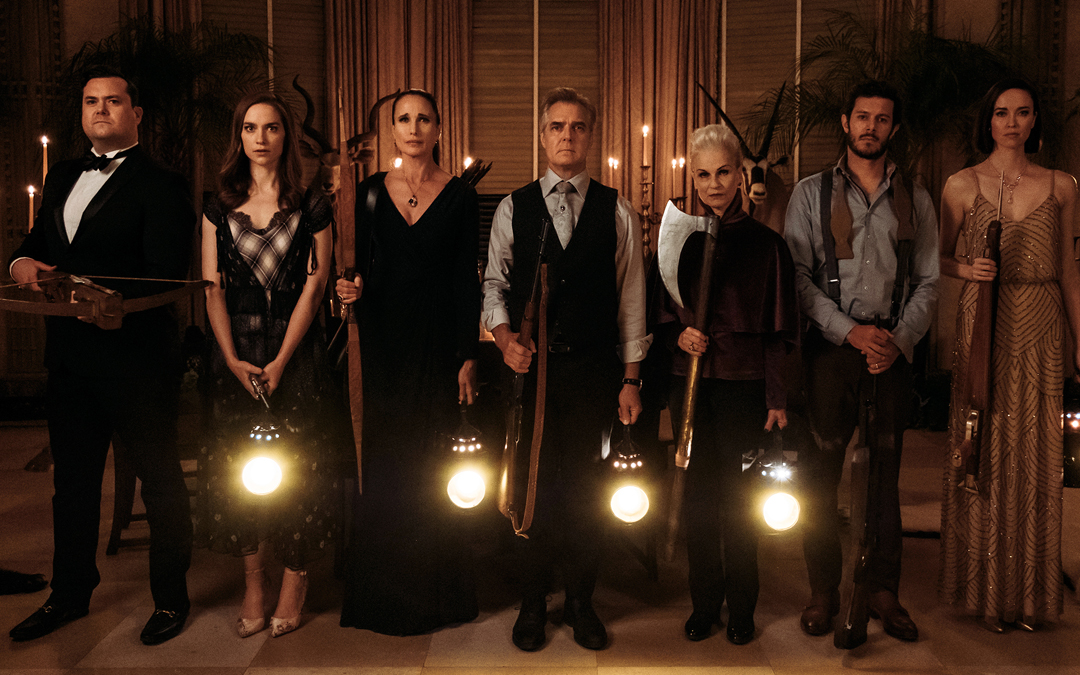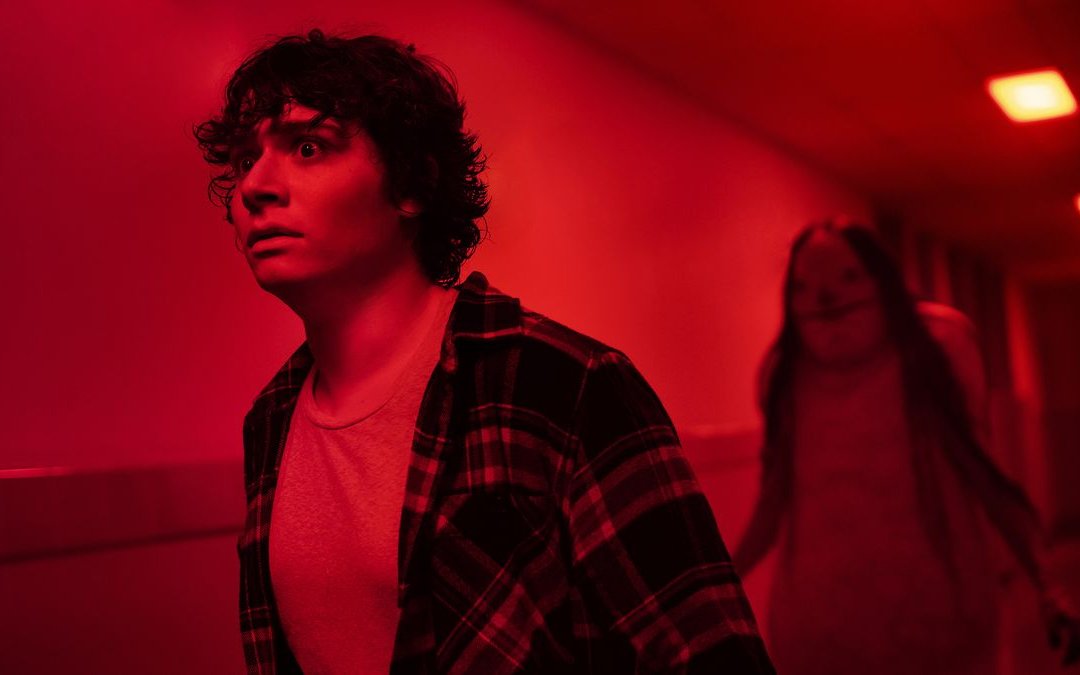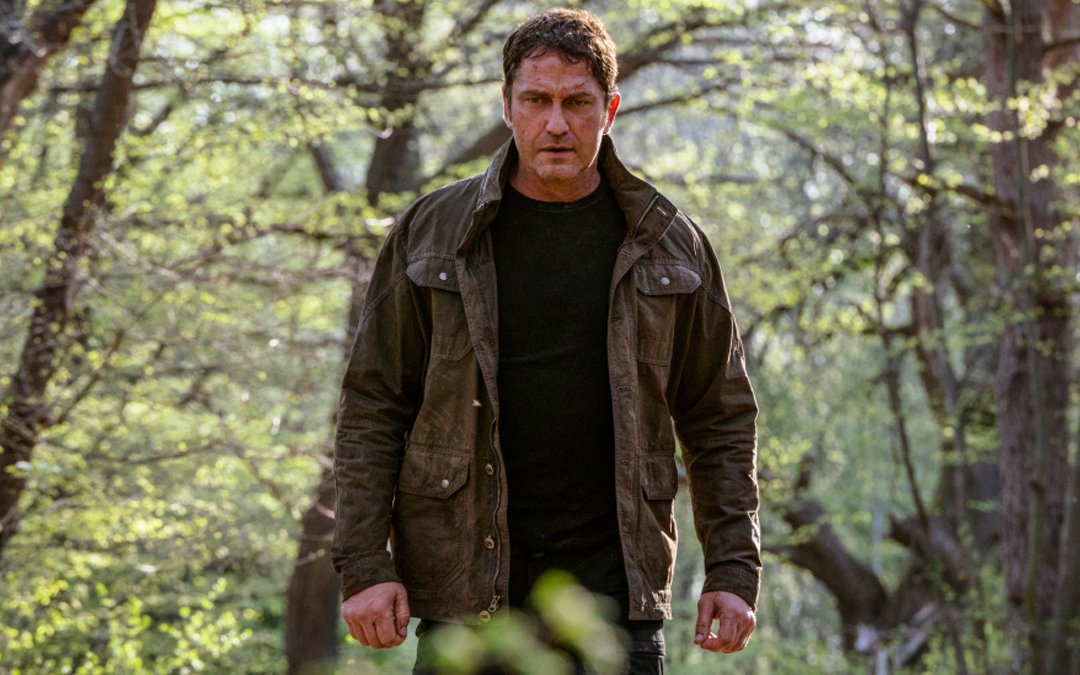Hobbs & Shaw' Still Dominates the Box Office, 'Scary Stories To Tell In The Dark' Follows Close Behind
August 13, 2019
This weekend’s box office results offered up a variety of takeaways, some good for the health of big screen storytelling, some not so much.
Fast & Furious Presents: Hobbs & Shaw, a big, bombastic brand offshoot that nobody seems to like still took the top spot once again with a $25 million haul. The legs being shown by the film, despite its middling critical reception, points to the degree critics don't matter when it comes to action movies featuring the likes of Dwayne Johnson and Jason Statham.
Behind Hobbs & Shaw on the chart however is a result that bodes well for original storytelling for multiple reasons. Scary Stories To Tell In The Dark, which was produced by Oscar-winner Guillermo del Toro (who also has a “screen story” credit on the film), took in just over $20 million to earn second place. That number is higher than estimates originally indicated when the weekend began, suggesting word of mouth and audience enthusiasm grew over the three-day period.
The film was adapted from the book series of the same name, comprised of three volumes published between 1981 and 1991. Each book contains a number of short horror tales aimed at Young Adult readers, many drawn from urban myths. In some ways, these books helped to calcify the urban myths which touches on the power of storytelling itself, also a theme in the resulting film.
There have been a huge number of similarly-targeted book anthologies, but Scary Stories To Tell In The Dark holds a special place in the hearts and minds of multiple generations of American readers.
An adaptation would seemingly point to a traditional anthology film, but del Toro, along with co-writers Dan Hageman & Kevin Hageman (who have screenplay credits) and Patrick Melton and Marcus Dunstan (who share screen story credit with del Toro), have instead laid out a single narrative about a group of teenagers in 1968 that incorporates some of the most iconic Scary Stories, and in some cases, just the monsters from the stories.
The choice to tell a single tale instead of five separate ones is notable from a storytelling perspective. And it appears to have worked. Along with strong buzz on social media for the film, it’s also being celebrated for using practical effects over CGI. Something you would never say about Hobbs & Shaw.
Del Toro has always emphasized the power of stories both long and short, and that passion comes through in Scary Stories To Tell In The Dark, a pertinent reminder of just how central a role storytelling plays in how we see ourselves, and society.
So while that result was encouraging, the opening figures for The Kitchen were less so—it opened to a take of just over $5 million, earning seventh place. Which isn't great for a film with such a pedigree.
We are living in a time when the call for gender diversity in big screen narratives has never been greater, and The Kitchen is a historical drama starring three of today's top actresses: Melissa McCarthy, Tiffany Haddish, and Elizabeth Moss. It was also adapted (from a comic book) and directed by one of the top female screenwriters working today, Andrea Berlof (Straight Outta Compton).
So why didn't it click? The reviews were pretty negative, but a major factor appears to be the plot's general similiarity to that of last year's Widows, which also saw the wives and girlfriends of gangsters take over their partners’ criminal endeavors.
But it's not all doom and gloom for original cinema. Quentin Tarantino's Once Upon a Time...in Hollywood spilled over the $100 million mark over the weekend, and is still being talked about. A lot. Its opening wide at most major international territories this week, so the conversation will most likely get a boost.
Written by: Dominic Corry
Dominic Corry is a Los Angeles-based film critic, writer, journalist and broadcaster. Raised in New Zealand, he is also the West Coast editor of Letterboxd, the social network for movie lovers. For more of his film writing, see his website www.TheGoodInMovies.com- Topics:
- Discussing TV & Film




